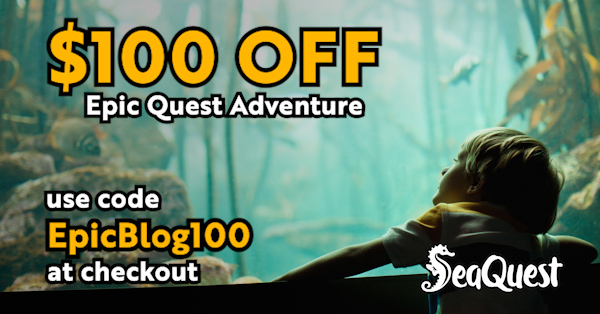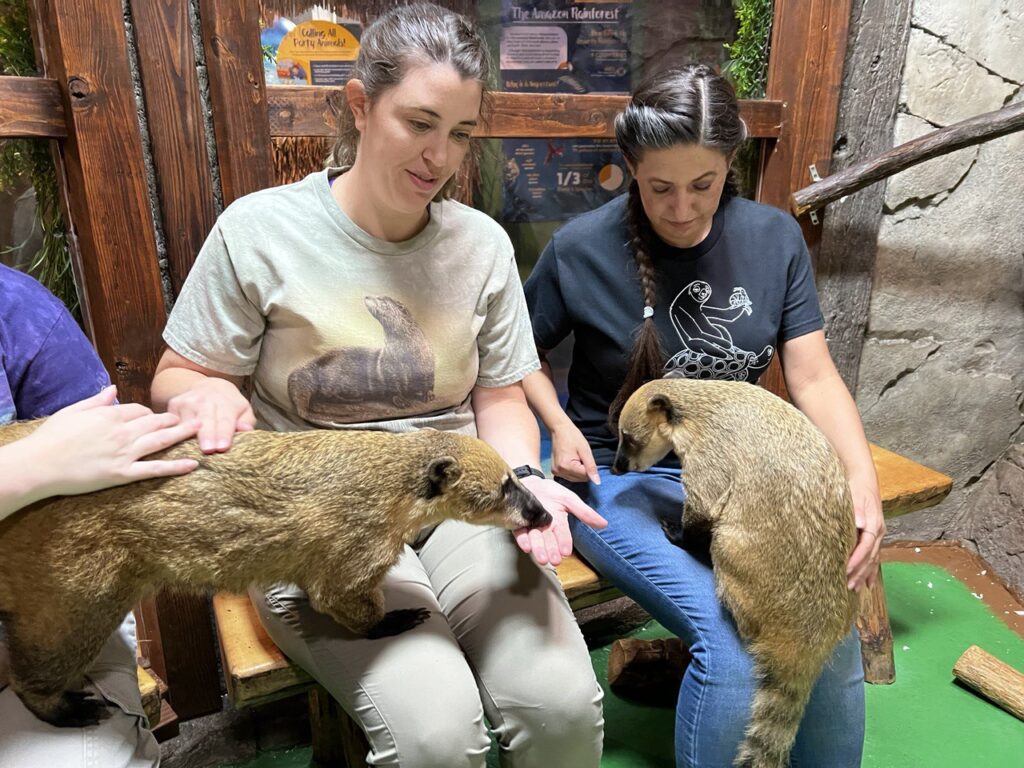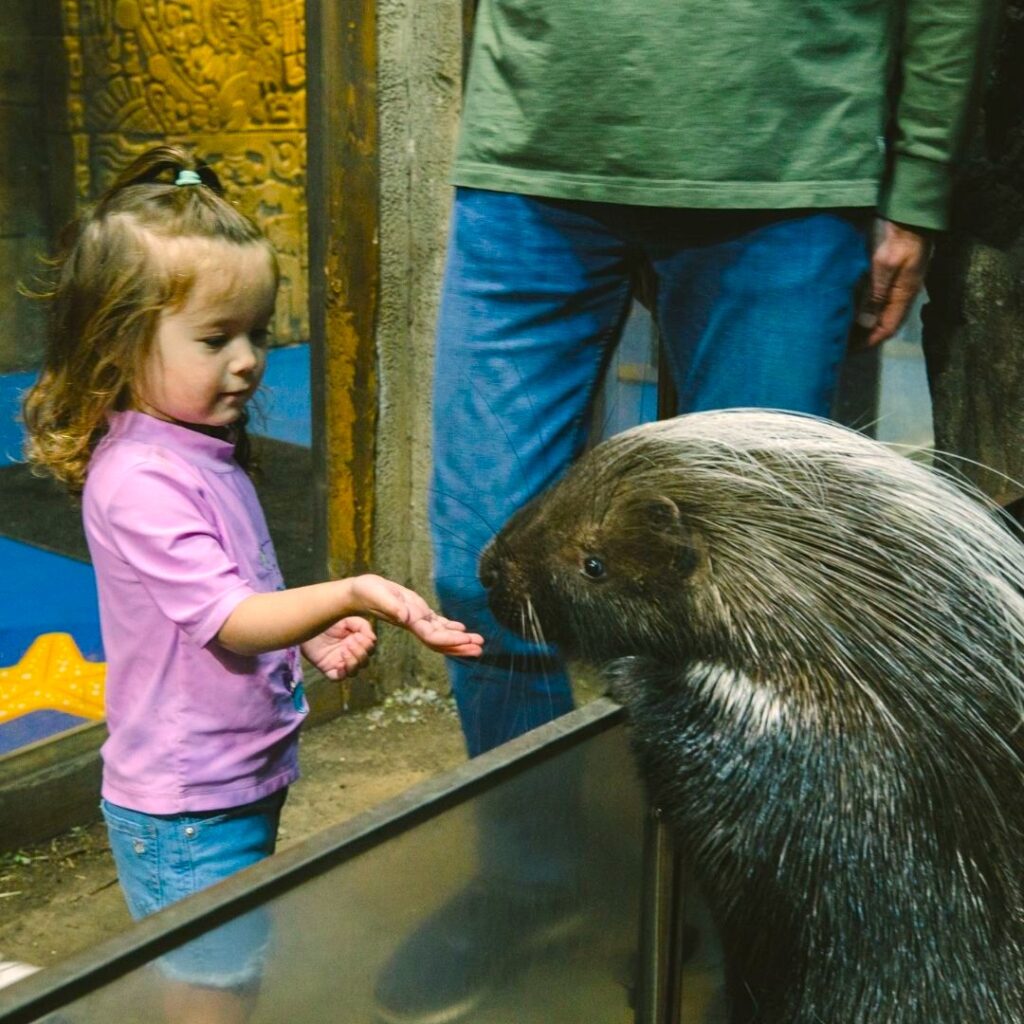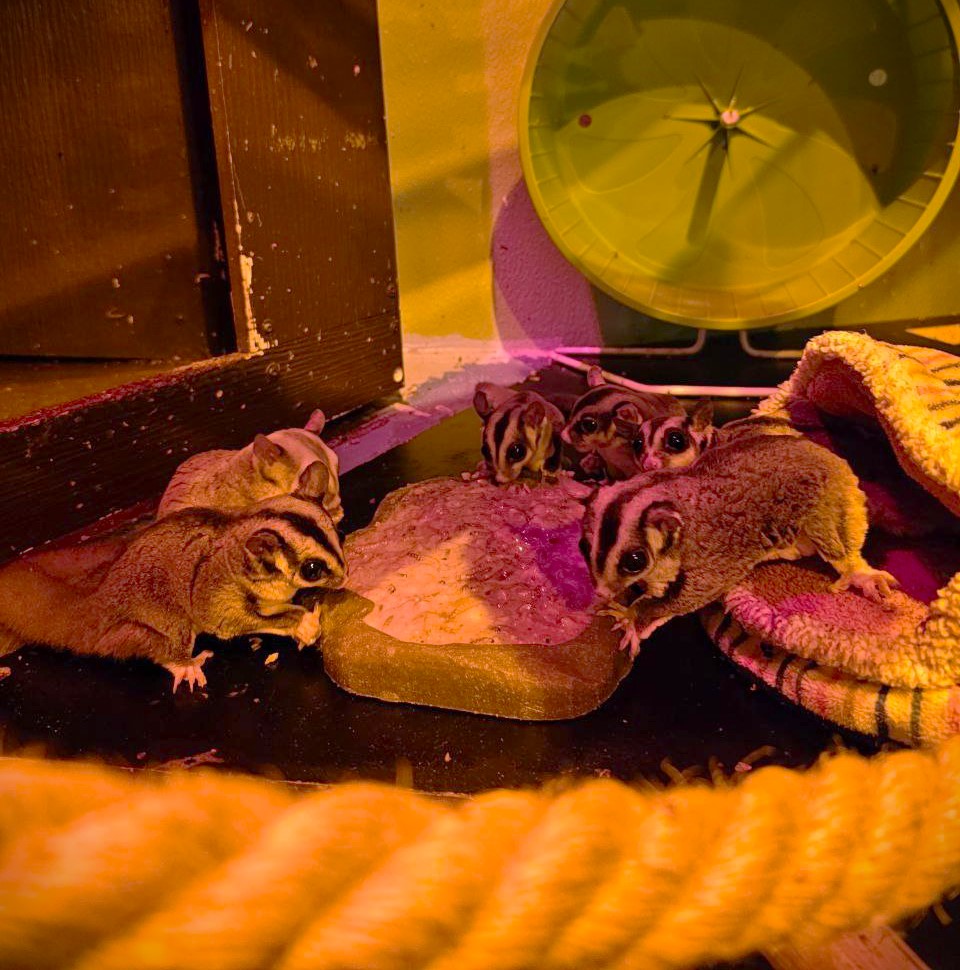Celebrate National Zoo and Aquarium Month!
Share it on:
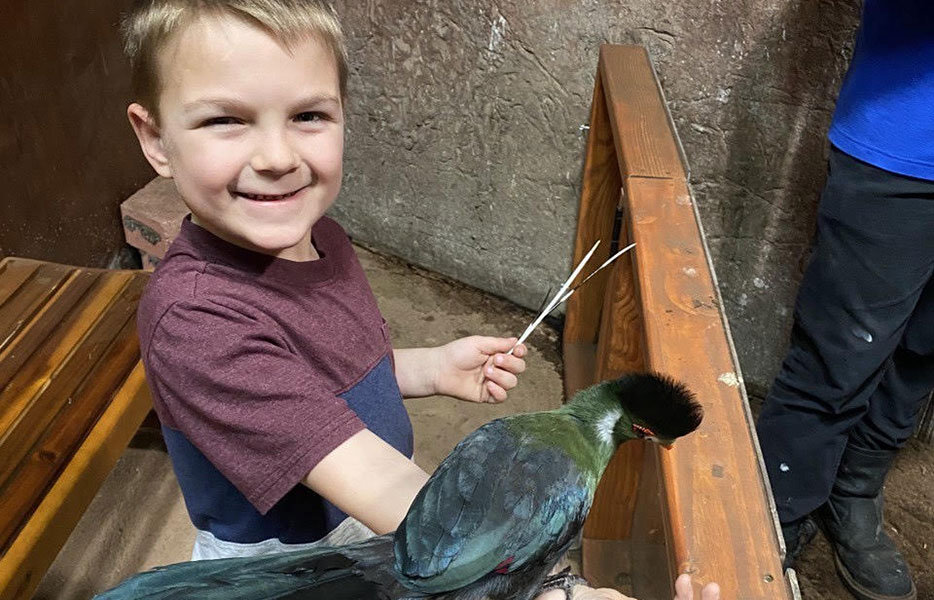
Zoos and aquariums are essential to preserving and protecting wildlife. Supporting local zoo and aquarium efforts helps further the ability to focus on conservation efforts and protecting wildlife in their natural environment. That’s why every June, we celebrate and recognize National Zoo and Aquarium Month! This month offers many opportunities to give extra support to the efforts of our zoos and aquariums. Not only do zoos and aquariums provide animal care and education to the public, but they are also essential to help preserve and protect endangered species and habitats. Here’s a quick rundown on the history of this important cause and how you, too, can celebrate National Zoo and Aquarium Month!
History of National Zoo and Aquarium Month
The first zoo in America was the Philadelphia Zoo, which opened in 1874. Shortly after, the New York Zoological Society was established in 1895. For many years, these zoo and aquarium sites were privately funded and in 1993 the Wildlife Conservation Center was founded which helped to shape standard practices and goals for institutions with animals. However, around the same time, local zoos began to receive financial support from federal relief programs. The Works Progress Administration (WPA) worked towards the renovation, construction, and expansion of zoos, especially during the Great Depression when local budgets were drastically reduced.
In the 1960s, zoo and aquarium facilities shifted to public-private partnerships. Zoos became much more intensive to upkeep, and there was a strong desire to promote the idea that zoos were more than just places to look at animals. Conservation and creating learning experiences were big initiatives for zoo operators. So, in 1982, President Ronald Reagan dedicated the month of June to zoos and aquariums as a way to highlight their importance in the conservation of animals and marine life.
Why are Zoos and Aquariums Important?
One of the main benefits of zoos and aquariums is that they provide immense support to global conservation efforts and research programs. As our planet faces challenges such as climate change, deforestation, and overfishing, conservation efforts are crucial to ensure that endangered and threatened species do not go extinct and that they continue to thrive in their natural ecosystems for many years to come.
Zoos and Aquariums Protect Endangered Species
Many zoos and aquariums conduct valuable research with their on-site populations that may benefit the wild populations of the same species. Some animals are almost impossible to find in the wild. Therefore, a captive population is extremely important for biologists and zoologists. The research and studies that zoos and aquariums can conduct help us better understand a species. This allows scientists to formulate conservation strategies and implement plans to mitigate threats faced by species in the wild.
One important benefit of zoos and aquariums is that there is assurance animals will be safe from predators and will have access to adequate food, water, and medical attention. With this in mind, threatened or endangered animals can live far longer in captivity than in the wild. This is especially apparent for animals where climate change and habitat loss make living in the wild more difficult. Zoos and aquariums work to design exhibits as close to the animal’s natural environment as possible, as well as to ensure the animal is stimulated both physically and mentally.
Zoos and Aquariums Repair and Rehabilitate Ecosystems
Zoos and aquariums work directly with government entities, such as the U.S. Fish and Wildlife Service (USFWS), to help rescue, rehabilitate, and care for wild animals. Some examples include sea turtles, manatees, and otters that sustained an injury or are displaced due to poor environmental conditions. Zoos and aquariums have trained staff and animal health care workers who give the animals medical attention and foster them until they can be released back into the wild. Despite the social rhetoric that animals are held captive against their will, most zoos and aquariums fully support reintroduction programs for a variety of species and help return species into the wild when it’s essential.
Are Zoos and Aquariums Educational?
Another advantage of zoos and aquariums is their opportunity to provide educational programs to the community! Many visitors get to learn about and engage in a variety of conservation and environmental efforts. Hands-on activities and close encounters with various animals allow students of all ages and adults to experience once-in-a-lifetime moments with wildlife and nature. Getting to dive and swim with sharks may teach those who fear the water not to be so afraid, all while they learn about the sea creatures and their behaviors. Holding a large snake can show guests with a snake phobia that they aren’t as scary as people think. Zoos and aquariums profoundly impact how the public views animals in general. Many stories from those in the zoology and marine biology field say they learned to love animals and went into their respective fields all from one visit to a local zoo or aquarium when they were young!
How to Celebrate National Zoo and Aquarium Month!
The best way to celebrate National Zoo and Aquarium Month is to visit your local zoo or aquarium! Proceeds will help support the organization and help to feed and care for the animals at the facility. You will adventure through many habitats from across the world and see a variety of animal species. You can also learn about animal rehabilitation programs in your area. Or, donate to a good environmental cause, maybe a welfare organization that supports one of your favorite animals!
SeaQuest is committed to protecting our world’s oceans, wildlife, and endangered animals. We focus on how to be proactive in finding solutions. Celebrate National Zoo and Aquariums Month here! Visit SeaQuest today or stop by the following locations: Utah, Las Vegas, Dallas-Fort Worth, Sacramento, Minneapolis, Lynchburg, New Jersey.

